In late April, the Bundestag approved the expansion of the military-technical assistance program to Ukraine, signaling a significant development in their cooperation. This expanded assistance will now encompass not only light weaponry but also armored vehicles. Among the potential options being considered for transfer are a number of armored vehicles from the Wiesel family. While it remains uncertain whether the Bundeswehr will indeed share such equipment, the prospects for this kind of assistance are discernible and undeniable.
As reported in the press, Berlin was the focal point for discussions on new plans to support Ukraine in late April. The most noteworthy outcome was the parliamentary decision to authorize the transfer of armored vehicles and heavy weaponry, alongside permitting arms manufacturing companies to export outdated equipment.
Amid these deliberations, Focus Online, on April 27, revisited the proposed military equipment transfers, revealing new insights. Within the context of this discussion, attention was drawn to Germany’s Wiesel family of armored vehicles. These vehicles, numbering in the hundreds within the Bundeswehr’s units and storage facilities, are now being considered for potential transfer to Ukraine, alongside other equipment.
Speculation regarding the supply of Wiesel vehicles has garnered limited press attention, but no official confirmation has been forthcoming in recent days. Neither government officials nor anonymous sources have mentioned Wiesel light vehicles in discussions about potential armored vehicle deliveries to Ukraine.
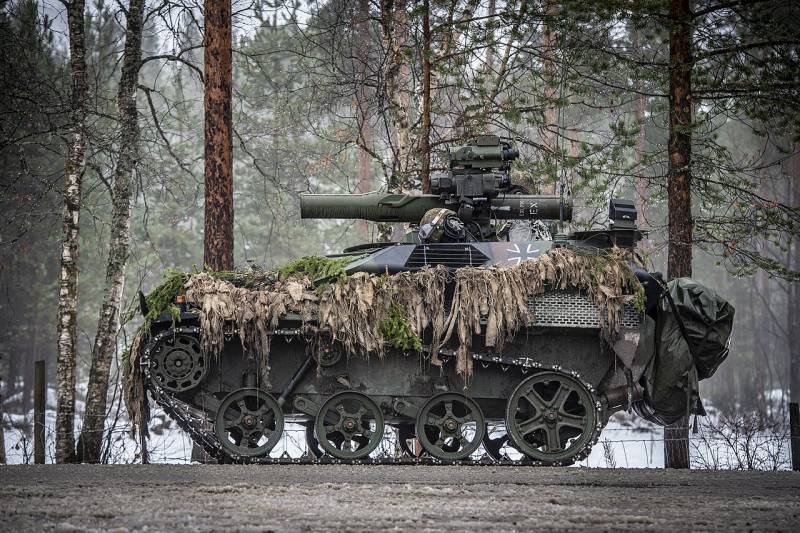
Clarity on this matter may emerge in the near future, as German military and political leaders compile lists of equipment suitable for transfer to Ukraine. The inclusion of Wiesel light vehicles in such lists would align with the prevailing logic of recent military-technical assistance to Ukraine, offering clear and foreseeable prospects.
Nonetheless, interest in airborne armored vehicles was rekindled in the 1980s, resulting in an order for 343 Wiesel 1 armored vehicles in various configurations, equipped with different weaponry to fulfill diverse roles. Serial production commenced toward the end of the decade, with Rheinmetall as the manufacturer.
Based on the experience gained during the early years of Wiesel-1’s service, the German Army ordered an improved variant. This led to the development of the Wiesel 2 in the 1990s, which was officially commissioned in 2001. A series of 179 tankettes was initially ordered, with approximately 150 units built before production ceased due to economic considerations.
These armored vehicles were actively deployed by the German Army and even participated in peacekeeping operations. However, they became technologically outdated over the last 10-15 years, resulting in a gradual reduction of the German Army’s inventory. Currently, it is estimated that around 70 fire support vehicles with small-caliber guns and approximately 100 TOW self-propelled anti-tank missile systems are still in service, while the remaining 350 armored vehicles are in storage.
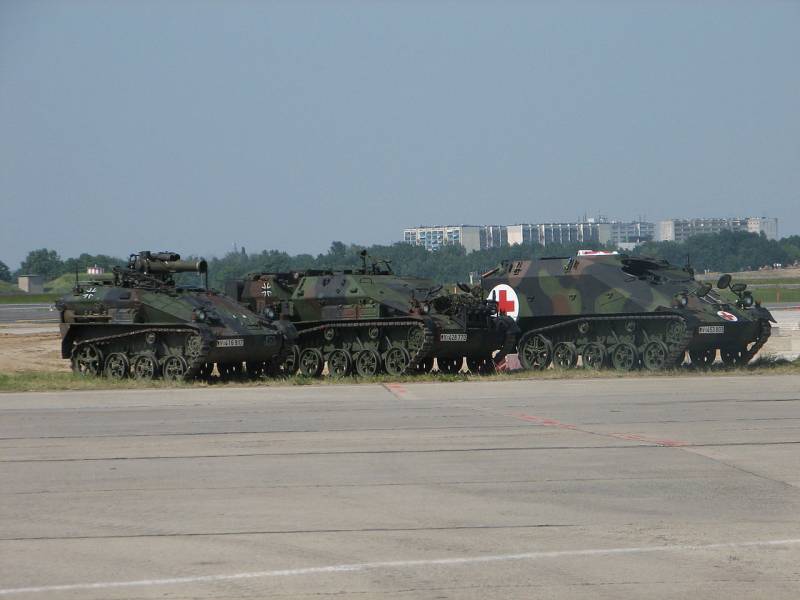
Wiesel vehicles found their sole customer in the German Ground Forces. Some were transferred to the United States for study, but other countries did not express interest in acquiring new or used units. Now, with the possibility of surplus vehicles being supplied to Ukraine, a new foreign operator might emerge.
The Wiesel armored vehicle was designed for airborne units, influencing its compact, lightweight design. It measures 3.55 meters in length and has a roof height of 1.8 meters, with a combat weight of 2.75 tons. It is capable of carrying various combat loads or specialized equipment. Multiple configurations were developed, although not all reached serial production.
The Wiesel 1 is equipped with a distinctive welded armored hull providing protection against 7.62mm bullets and shrapnel. A diesel engine with 86 horsepower is located in the front of the hull, with power transmitted to the front drive wheels via the transmission. The original design featured an undercarriage with three road wheels per side, with a lowered rear guide wheel. The vehicle can achieve speeds of up to 70 km/h.
Due to its compact size and weight, the Wiesel 1 can be transported by various aircraft and helicopters and is deployed exclusively by airdropping. Although parachute drops were initially considered, tests revealed that the landing gear could not withstand the necessary loads.
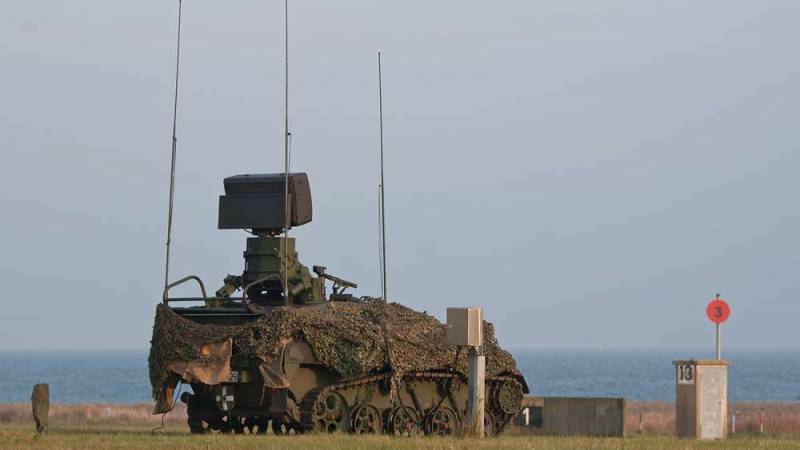
The Wiesel 1 was produced in various configurations, with reconnaissance and fire support variants being the most widespread, featuring a 20-mm Rheinmetall MK 20 cannon. Self-propelled anti-tank systems armed with TOW missiles also saw significant use. Additionally, an engineering variant equipped with remote-controlled minesweeping equipment was developed, along with several other specialized versions.
The Wiesel 2 project involved a comprehensive modernization of the original design. Key changes included a longer hull with improved protection, a more powerful 109-horsepower engine, and an additional pair of road wheels. These modifications increased the vehicle’s length to 4.8 meters and its weight to 3.5-4 tons, depending on the configuration.
Various equipment types were developed based on the Wiesel-2 platform, including those used in the LeFlaSys air defense system armed with FIM-92 Stinger missiles, a self-propelled mortar, a command vehicle, and an ambulance, among others. Some other projects were conceived but never received approval from the customer.
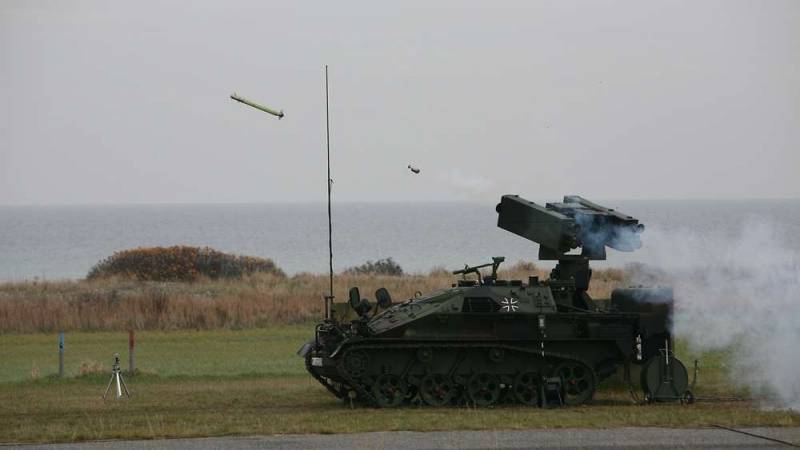
Although a considerable number of Wiesel vehicles were initially ordered, only 490 were ultimately produced out of the planned 520 units. Over the past decades, most of this equipment has been decommissioned, leaving approximately 170-175 units still in service. The active fleet is likely to continue shrinking as these vehicles become increasingly obsolete.
The rationale behind these reductions is straightforward. Both Wiesel variants are technologically and operationally outdated. The initial Wiesel was designed in the early 1970s, with mass production commencing over 30 years ago. The more extensive modernization effort that resulted in the Wiesel 2 was undertaken approximately 20 years ago.
Consequently, all versions and modifications of the Wiesel vehicles fail to meet contemporary requirements and hold little value for the Bundeswehr. As newer, modern technology emerges, these vehicles are phased out and placed in reserve or, as the case may be, offered to foreign partners.
The potential transfer of surplus Wiesel armored vehicles to Ukraine as military-technical assistance offers several advantages for the German side. It allows the Bundeswehr to retire obsolete armored vehicles without incurring disposal costs while demonstrating Germany’s commitment to aiding the Ukrainian government.
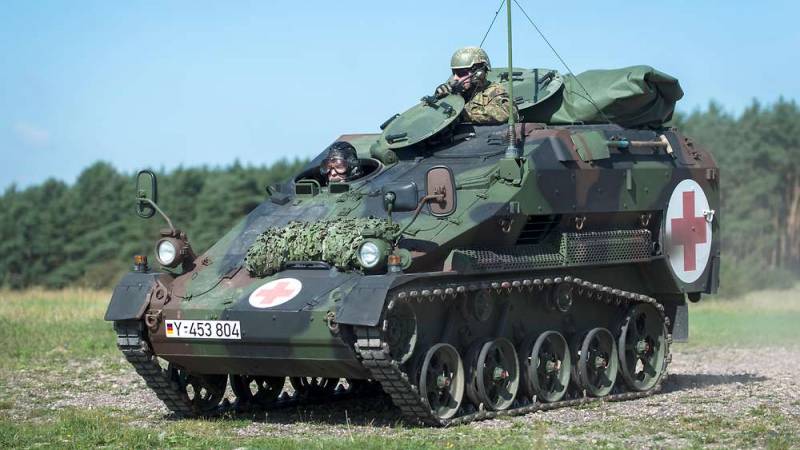
However, from the perspective of the Ukrainian army, the hypothetical receipt of Wiesel vehicles presents limited utility. Morally obsolete equipment, regardless of the quantity, cannot compensate for recent losses or significantly bolster the Ukrainian military. Such an acquisition would also introduce challenges related to crew training, operation, and maintenance.
Moreover, introducing additional foreign equipment into the mix further complicates the integration and standardization of weapons and equipment within Ukrainian formations, potentially limiting their ability to leverage the full potential of the assistance provided.
In conclusion, the potential supply of Wiesel armored vehicles presents an intriguing situation. While discussions regarding the transfer of such equipment have been largely speculative and unconfirmed, the broader prospects for this kind of assistance are apparent. Once again, a foreign nation may come to the aid of the Ukrainian army, realizing certain benefits for themselves. However, this arrangement offers few distinct advantages for Ukraine. Consequently, the proposed delivery of Wiesel light armored vehicles does not substantially differ from other recent episodes of military-technical assistance.





